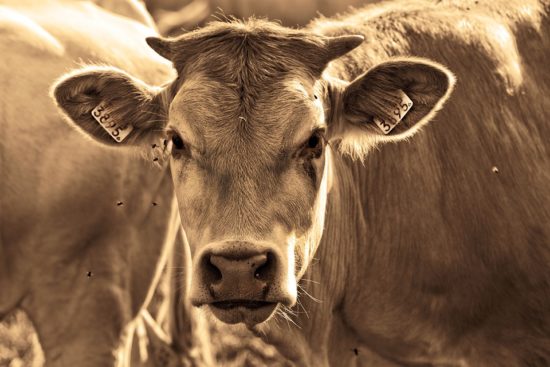Potential of ESBL-producing Escherichia coli selection in bovine feces after intramammary administration of first generation cephalosporins using in vitro experiments
Selection and spread of Extended Spectrum Beta-Lactamase (ESBL) -producing Enterobacteriaceae within animal production systems and potential spillover to humans is a major concern. Intramammary treatment of dairy cows with first-generation cephalosporins is a common practice and potentially selects for ESBL-producing Enterobacteriaceae, although it is unknown whether this really occurs in the bovine fecal environment. We aimed to study the potential effects of intramammary application of cephapirin (CP) and cefalonium (CL) to select for ESBL-producing Escherichia coli in the intestinal content of treated dairy cows and in manure slurry, using in vitro competition experiments with ESBL and non-ESBL E. coli isolates.
AMR NEWS
Your Biweekly Source for Global AMR Insights!
Stay informed with the essential newsletter that brings together all the latest One Health news on antimicrobial resistance. Delivered straight to your inbox every two weeks, AMR NEWS provides a curated selection of international insights, key publications, and the latest updates in the fight against AMR.
Don’t miss out on staying ahead in the global AMR movement—subscribe now!






